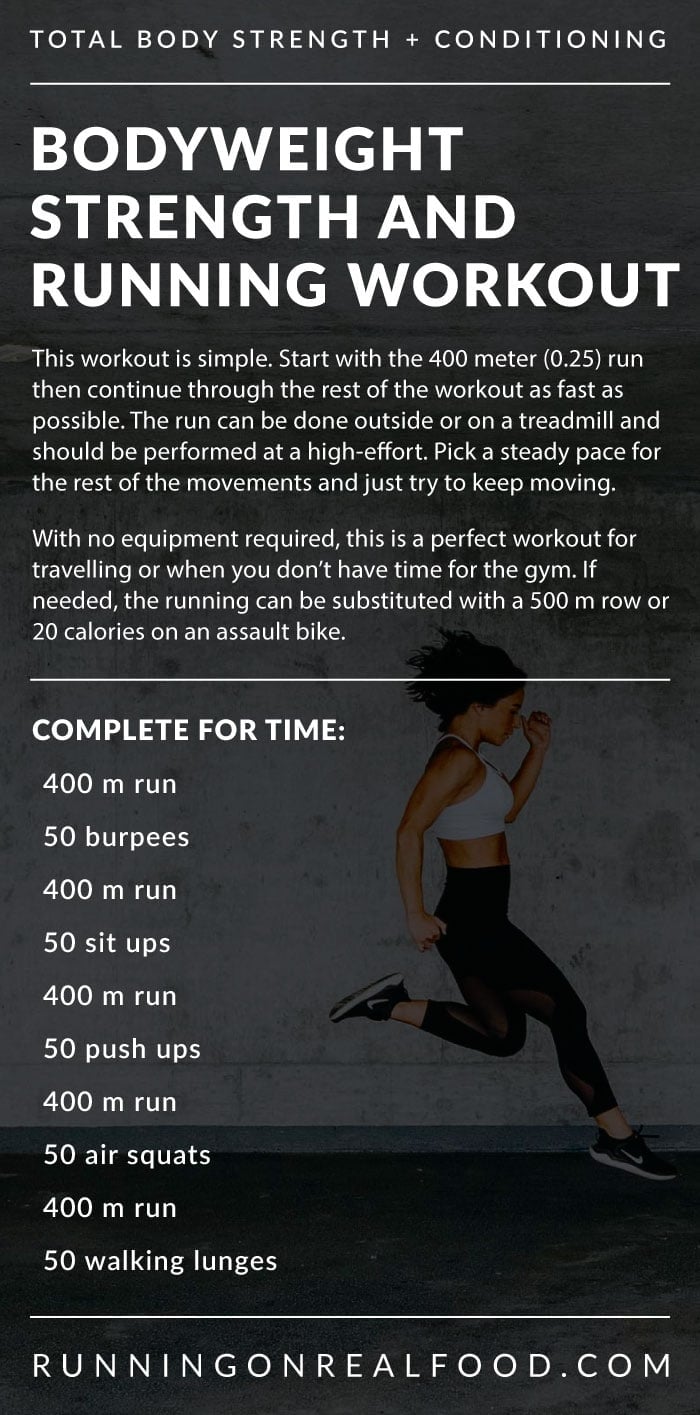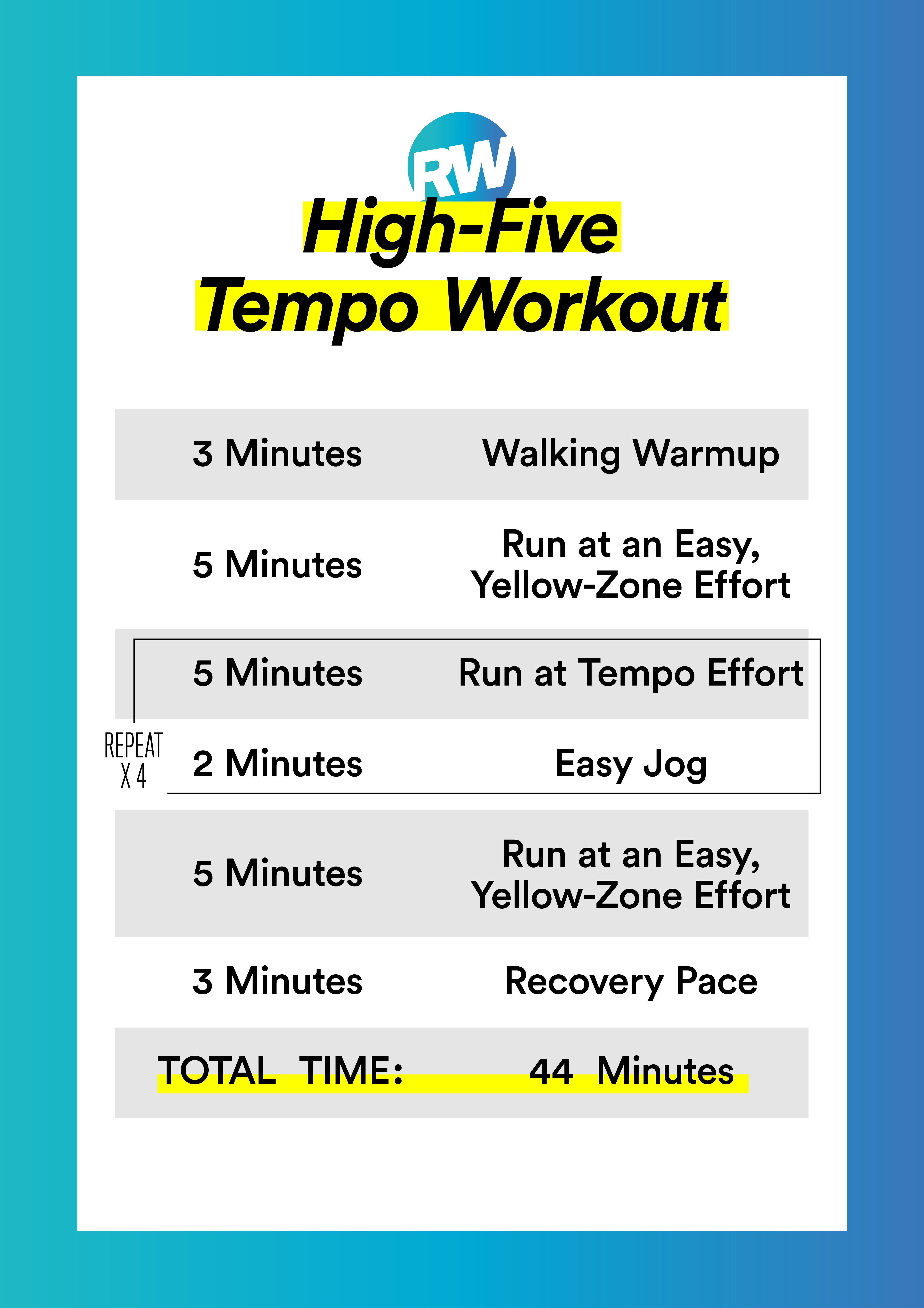Maximize Your Running Workout: Specialist Strategies Unveiled
Maximize Your Running Workout: Specialist Strategies Unveiled
Blog Article
The Ultimate Overview to Managing Discomfort When Running
For joggers, experiencing pain during runs is not uncommon, and knowing just how to efficiently handle and avoid it can make a substantial distinction in your general efficiency and enjoyment of the sporting activity. Whether you are a seasoned marathoner or simply starting your running journey, recognizing the various kinds of pain that can emerge and the strategies to address them is important. From pre-run warm-up regimens to correct footwear selection, there are numerous variables to take into consideration when it comes to managing discomfort while running. This detailed overview will certainly outfit you with the understanding and tools necessary to browse with the pain and encourage you to achieve your running goals with greater ease.

Understanding Different Kinds Of Running Discomfort
When running, it is vital to compare various kinds of discomfort to avoid injuries and make the most of performance (Read More). One usual kind of pain that runners may experience is muscle pain, which typically occurs from the stress placed on muscular tissues during workout. This kind of pain is typically a regular part of the running process and can be managed through correct warm-up, cool-down, and stretching regimens
One more sort of discomfort to be knowledgeable about is joint discomfort. Joint discomfort can suggest issues such as overuse, inappropriate kind, or underlying conditions like arthritis. Overlooking joint discomfort can cause extra serious injuries, so it is crucial to attend to any type of pain without delay and potentially look for professional advice.
Additionally, sharp or stabbing pains should not be neglected. These types of discomfort can signify acute injuries such as pressures, sprains, or stress fractures - running workout. Remaining to run via these sorts of discomfort can exacerbate the injury and prolong recovery time

Pre-Run Workout and Extending Regular
To prepare the body for a running session, executing a reliable pre-run warm-up and stretching routine is vital. A proper warm-up helps raise blood circulation to the muscle mass, boosts flexibility, and reduces the threat of injury throughout the run. By including a consistent pre-run workout and stretching routine into your running regimen, you can enhance efficiency and minimize the risk of discomfort or injury.
Proper Shoes Choice and Fit
When selecting running footwear, it is necessary to take into consideration variables such as foot type, running stride, arch support, padding, and shoe dimension. Visiting a specialty running store for a stride analysis and professional installation can help ensure that you pick the right footwear for your private needs. Investing in high-quality footwear that is appropriate for your running style and foot makeup is a proactive action towards stopping pain and injuries throughout your runs.
Nourishment and Hydration Tips for Pain Prevention

Hydration is equally critical for runners to stay clear of aches, dehydration, and various other pains that can bring about discomfort throughout running. It is suggested to consume an appropriate amount of water throughout the day and specifically in the past, throughout, and after running sessions. Electrolyte-rich beverages or sports drinks can also be useful for replenishing lost minerals and preserving correct liquid balance. running strategy (Read More). By focusing on nutrition and hydration, joggers can improve their efficiency, lessen discomfort, and enjoy an extra comfy running experience.
Post-Run Recovery Techniques to Ease Discomfort
Executing efficient recuperation methods is essential for minimizing pain and promoting muscular tissue recuperation after running sessions. One essential post-run healing strategy is stretching. Integrating fixed go for significant muscle mass groups can aid lower muscle mass tension and soreness. Foam rolling is one more valuable method to launch muscle rigidity and enhance blood flow to the muscles, helping in quicker recovery. In addition, icing aching locations for 15-20 minutes can aid decrease inflammation and numb discomfort post-run.
Moistening adequately post-run is vital for restoring liquids lost during workout and aiding in muscle mass recuperation. Consuming a well balanced snack or dish that includes protein and carbs within 30 minutes of finishing a run can help fix muscle mass cells and restore power shops. Additionally, getting enough remainder is crucial for enabling the body to repair and strengthen muscular tissues. Including energetic healing activities such as light walking or swimming can additionally help promote blood flow and decrease muscle tightness - Read More. By incorporating these post-run recuperation techniques into your regimen, you can effectively take care of discomfort and optimize your running performance.
Final Thought
In conclusion, attending to different kinds of running pain through proper workout, extending, footwear choice, nutrition, hydration, and post-run healing techniques is essential for pain prevention and monitoring. By comprehending the reasons of discomfort and carrying out these strategies, joggers can reduce pain and possible injuries. It is crucial to focus on check overall physical health and wellness and wellness to make certain a successful and enjoyable running experience.
Report this page